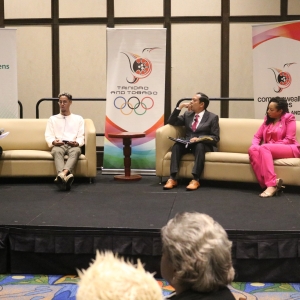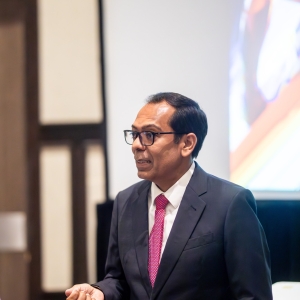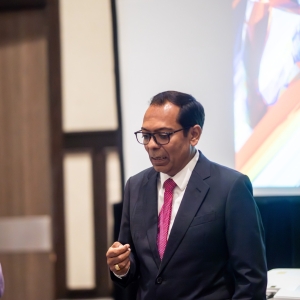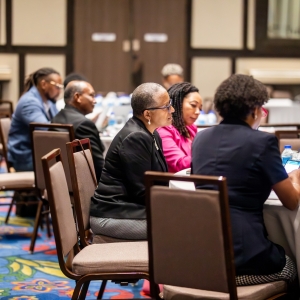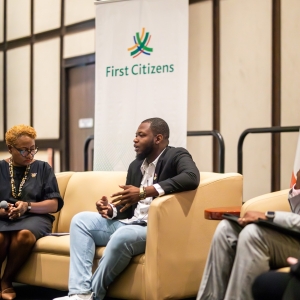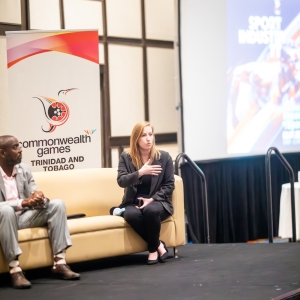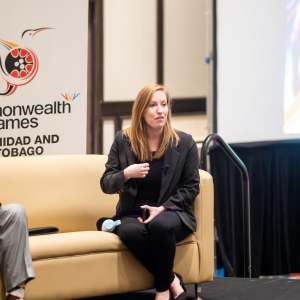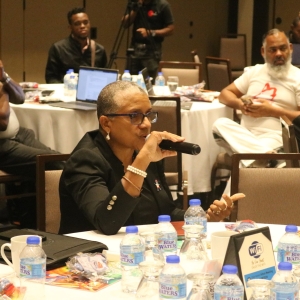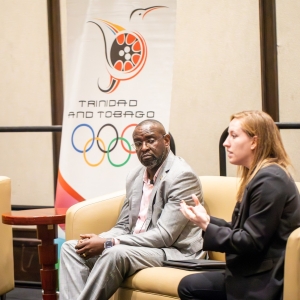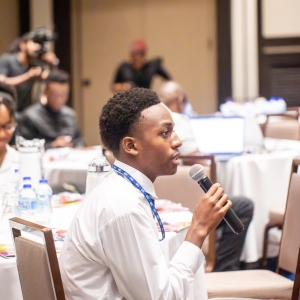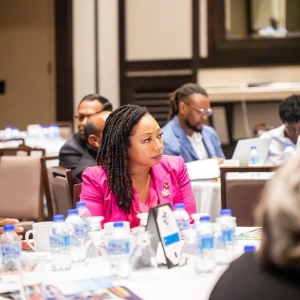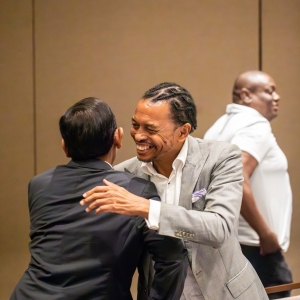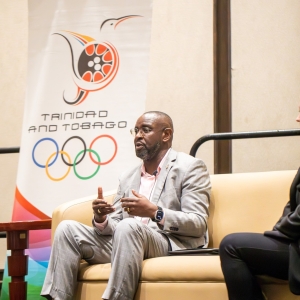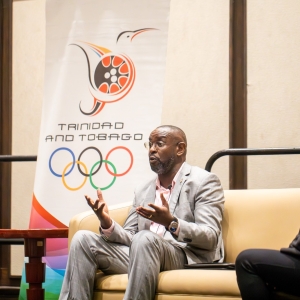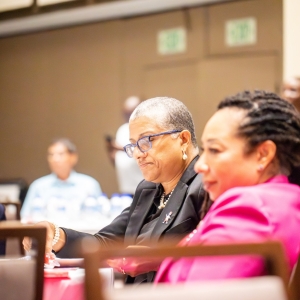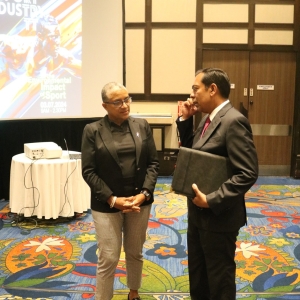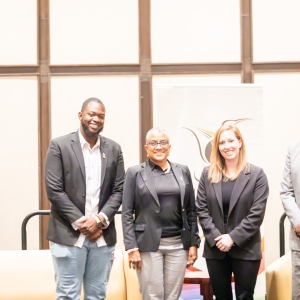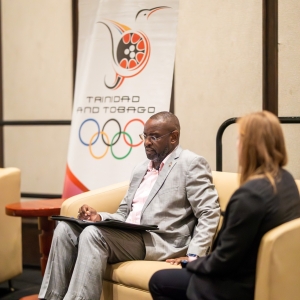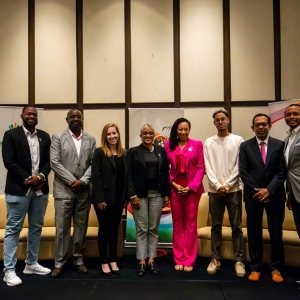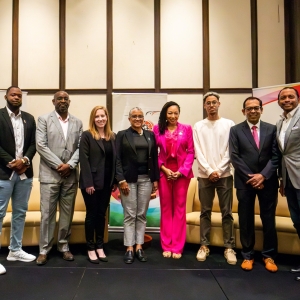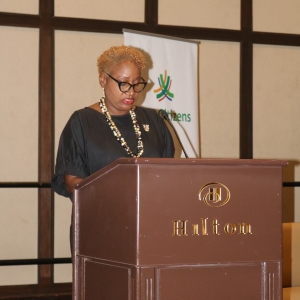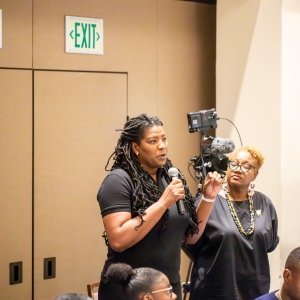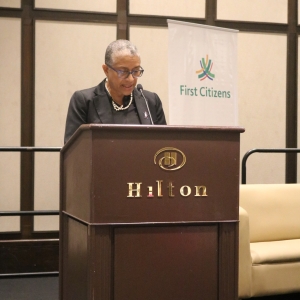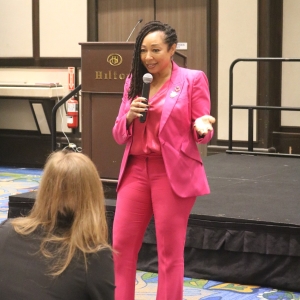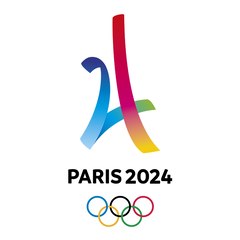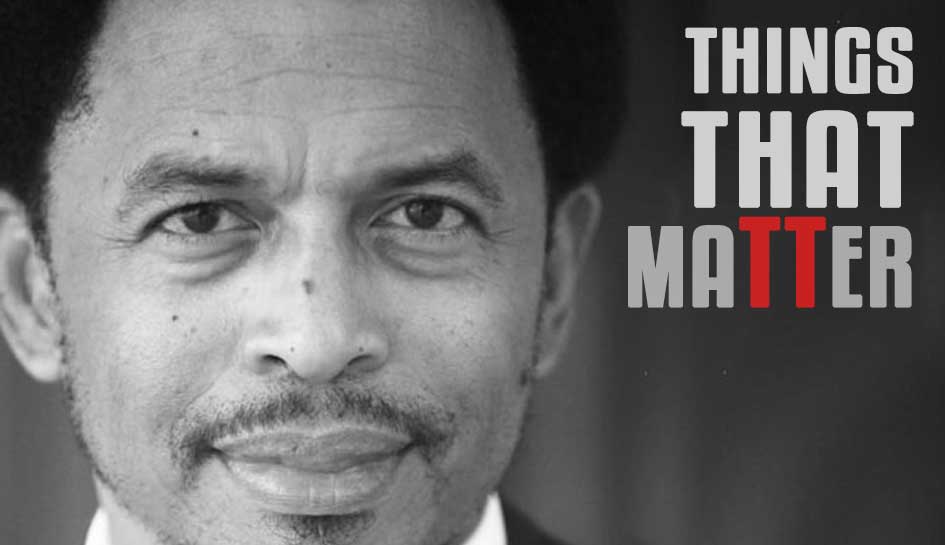Despite some progress, the gaps in labor force participation between men and women remain large. To take just one example, no advanced or middle-income economy has reduced the gender gap below 7 percentage points.
This uneven playing field between women and men comes at a significant economic cost as it hampers productivity and weighs on growth. A recent IMF staff study finds that barriers to women entering the labor force—think of tax distortions, discrimination, and social and cultural factors—are costlier than suggested by previous research and the benefits from closing gender gaps are even larger than thought before. Policymakers should therefore focus on removing such barriers urgently.
Gender diversity matters
Our analysis springs from the observation—supported by considerable microeconomic evidence—that women and men bring different skills and perspectives to the workplace, including different attitudes to risk and collaboration. Studies have also shown that the financial performance of firms improves with more gender-equal corporate boards.
Surprisingly, previous studies have not looked at the macroeconomic implications of this micro evidence.
In the standard textbook analysis, the labor force is the sum of the headcounts of male and female workers. Because replacing a man by a woman in this sum does not affect the labor force, there are no gains from gender diversity: men and women are assumed to be perfectly substitutable.

